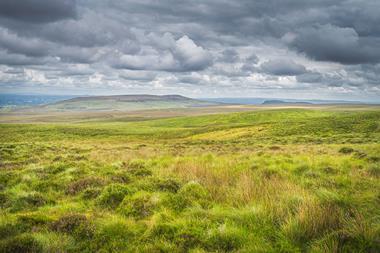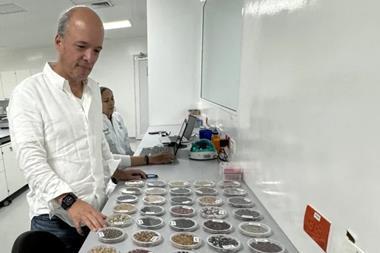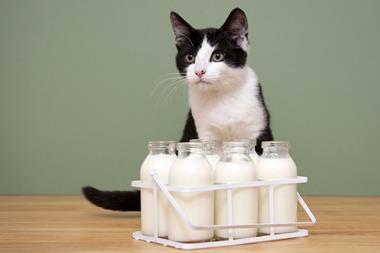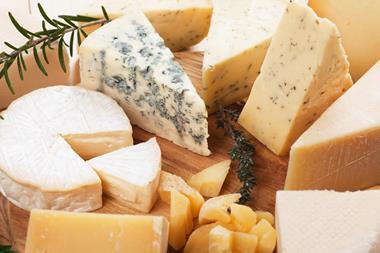Cooperative, as well as competitive, interactions between Streptococcus thermophilus and strains of Lactococcus have a key role in the development of flavour in cheddar cheese.
Cheese fermentation and flavour formation are influenced by complex biochemical reactions driven by microbial activity and although the compositional dynamics of cheese microbiomes are relatively well mapped, the role of microbial interactions in cheese flavour formation have not been fully investigated.
The researchers conducted a comprehensive characterisation of the entire cheese-making process, preparing year-long batches of cheddar cheese using four variations of a starter culture containing different combinations of S. thermophilus and Lactococcus strains. By using a strategy whereby certain strains were left out of the starter culture they were able to show that S. thermophilus supports Lactococcus growth and shapes the metabolite profile during cheese ripening.
Using controlled milk fermentation experiments with systematic exclusion of single Lactococcus strains, combined with genomics, they discovered that S. thermophilus provides nitrogen in the form of amino acids to Lactococcus, which is necessary for de novo nucleotide biosynthesis.
They also found that cheese flavour compounds were strongly influenced by interactions within the Lactococcus community. Lactococcus cremoris was found to play a role in the flavour profile by limiting the formation of diacetyl and acetoin, which have a buttery flavour but lead to an off flavour in excess. When L. cremoris was present, 2-methyl-3-thiolanone (which adds a meaty flavour), as well as the esters ethyl acetate and ethyl hexanoate (which add a fruity flavour) were also detected in higher amounts. However, when L. cremoris was removed, six flavour compounds were either detected at significantly higher concentrations or produced only in its absence. These included 2,3-pentanedione (which gives the flavour of nuts, cream and butter), and heptanal and hexanal (which taste fruity and fatty).
Overall, the researchers said their findings highlighted the important role of competitive and cooperative microbial interactions in shaping the flavour of cheddar cheese.
‘When we did the experiment, it was obvious that part of the community clearly benefited from the presence of another member – Streptococcus thermophilus – and also the metabolic profile was significantly different when we removed specific members of the community, but not others,’ explains Chrats Melkonian, a postdoctoral researcher at Utrecht University and Wageningen University and Research in the Netherlands and lead researcher on the study.
‘The majority of people that have reported [microbial interactions] until now, [were looking at] the first five hours [of the cheese making process] and identified mostly competition. This is understandable because this is the part of the process where there are a lot of nutrients and microbes compete when there are a lot of resources suddenly, but then when you go to the ripening stage, it seems that there is a benefit of [the microbes] being together.’
Bart Weimer, a microbiologist at University of California, Davis in the US, who has carried out research in this area says the paper ‘very nicely’ highlights the interaction between the bacteria that drive fermentation in a complex bacterial community that has previously focused on lactic acid formation. ‘An extensive literature base exists for the individual biochemistry but this work brings together the bacterial communication that are at play in the complex metabolic landscape that leads to the overall cheese flavour profiles,’ he explains.
‘The individual biochemical reactions are well known but the strength of this work draws the complexity of interactions depending on the community membership. This work brings out the interplay between sugar and amino acid metabolism that is known in the modular components but underappreciated, which is where this work shines.’
References
C Melkonia et al, Nat. Commun., 2023, 14, 8348 (DOI: 10.1038/s41467-023-41059-2)

















No comments yet